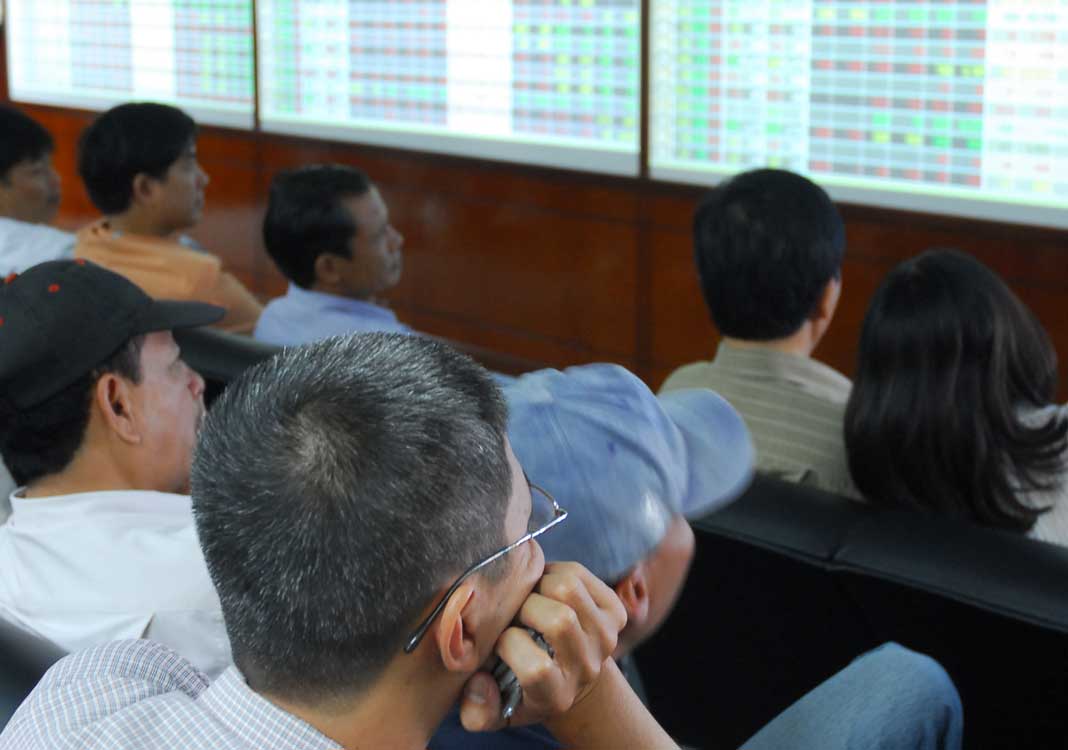It is perplexing that despite the many signs of economic uncertainties, the S&P 500 index in the United States has kept rising and consistently set new records. While this is possibly related to stimulus packages in the U.S., it is worth noting that the VN-Index has also fared well. In fact, the VN-Index has outpaced its American counterparts since the end of March 2020.
Something seems amiss. In 2020, when Vietnam was rather successful in combating the pandemic, the world struggled; Vietnam’s economy was extremely open. In 2021, when large economies have shown signs of recovery thanks to Covid-19 vaccines, a new wave of infections has swept through Vietnam. Some enterprises need financial support but others need help in terms of policies because stringent social distancing poses challenges for them. If the Government decides to offer significant support and/or social distancing persists, will the stock index continue to rise? If it increases regardless of economic prospects, how long can this trend continue?
Rational and irrational expectation
Recent breakthroughs in S&P 500 are ascribable to policies by the Federal Reserve (Fed) and the U.S. Treasury. However, probably very few notice the share of technology firms in the profile of the index. According to statistics, technology firms, especially GAFAM or FAANG, accounted for up to 27.6% as of late 2020, followed by health (13.44%), discretionary consumer goods (10.70%), telecommunications (10.79%), finance (10.34%) and real estate (only 2.41%).
Technology and health are sectors that benefit from the pandemic as social distancing fuels demand for working from home (WFH). Soaring demand for healthcare products and services to fight the pandemic has helped shares in this category surge ahead. However, despite convincing reasons for the stellar performance of S&P 500, many analysts say that the U.S. stock market is valued at high levels and risks will erupt as soon as the Fed adjusts policies.
Vietnam’s stock market is led by banks, securities, steel and real estate. While good management of the pandemic in 2020 partly explained the recovery in this market, the sharp increase when neighboring countries remain cautious and the global supply chain is hampered may be harder to account for.
Many firms may survive in 2020 but face more problems in 2021. Are the profit prospects of banks and realty firms sufficient to justify current market prices?
Money flows into stock entail risks
According to the General Statistics Office (GSO), as of late May 2021, the stock market mobilized about VND116.4 trillion, up 68% year-on-year. The average transaction value in the stock market was about VND22.5 trillion per session, thrice as much as that in the same period last year. Higher trading value and market capitalization value have lured more new investors.
It is worth noting that among new investors, there are small and medium enterprises. They usually focus on their own business and only pour a small fraction into stock. However, since Covid-19 started in 2020, they have not seen many opportunities from their core business. The financial market has proven irresistible, so money has flown into stock.
As a result, risks may emerge. While small investors join in large numbers, they pale in comparison with small and medium enterprises. An enterprise’s account may be equivalent to thousands of small investor accounts. Some enterprises pour tens or even hundreds of billions of dong into the stock market.
When professional investment funds, the prop trading arm of securities firms and other financial institutions attain their profit target, they will rebalance their portfolio. If this takes place on a large scale, there may be drastic changes during some sessions. Enterprises may invest only in the short run. Once business prospects improve, they will withdraw money. Large withdrawals of funds may leave significant impacts on the market.
A recent report by the GSO based on quarterly surveys of enterprises regarding business trends shows that 48.6% of firms forecast that the third quarter of 2021 would be more challenging than the second quarter; only 17.8% expect an improvement. Some independent surveys show that business leaders are pessimistic about the upcoming months. Many enterprises must halt or restrict their business or streamline their workforce.
Vietnam still abounds in potential for long-term development and the price to earnings (P/E) ratio remains decent. However, if prices continue rising and profit growth cannot justify the trend, risks may escalate. Some international investment funds predict that the VN-Index will reach 1,400 in late 2021, but this target has been achieved too early.
The World Bank has just unveiled a report on global business prospects, emphasizing that developing countries may not recover rapidly due to the lack of vaccines. Many countries must review growth rates and inflation. The VN-Index is led by banks, stock, real estate and steel rather than technology, health or telecommunications (as in the U.S.). If other sectors continue facing trouble, how long can the stock index fare well?
By Dr. Vo Dinh Tri(*)
(*) HCMC Economics University, IPAG Business School Paris and AVSE Global












